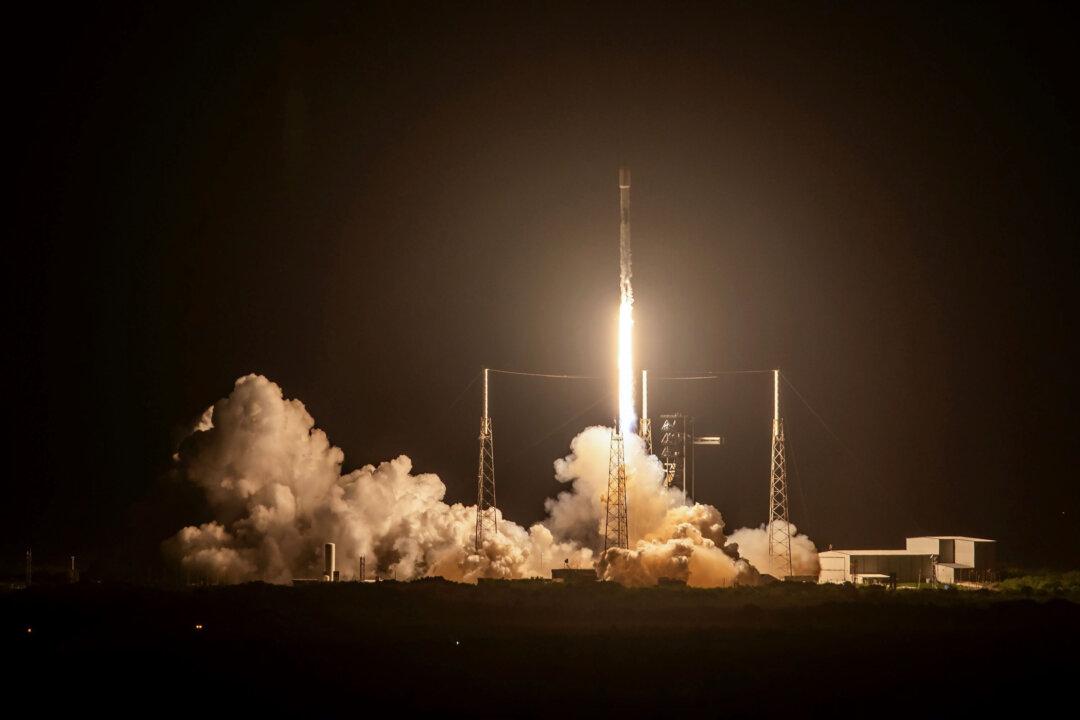A group of scientists has proposed creating a shield made of moon dust positioned between the Earth and the sun as a way to lower the planet’s temperature in a bid to combat “climate change,” a plan that could have devastating consequences.
In a Feb. 8 study published in the journal PLOS, three researchers from the University of Utah proposed their moon dust shield idea while calling climate change an “existential threat.” Large quantities of moon dust between the Earth and the sun can “reduce the amount of sunlight received on our planet,” they claimed while estimating that billions of kilograms of moon dust will be needed annually to maintain the shield. “Because dust grains between Earth and the Sun tend to drift out of alignment, they must be replenished,” the study said.





